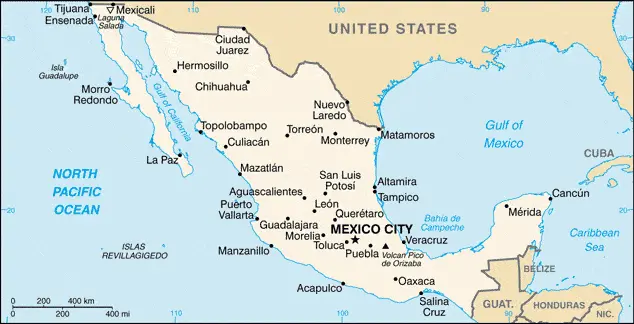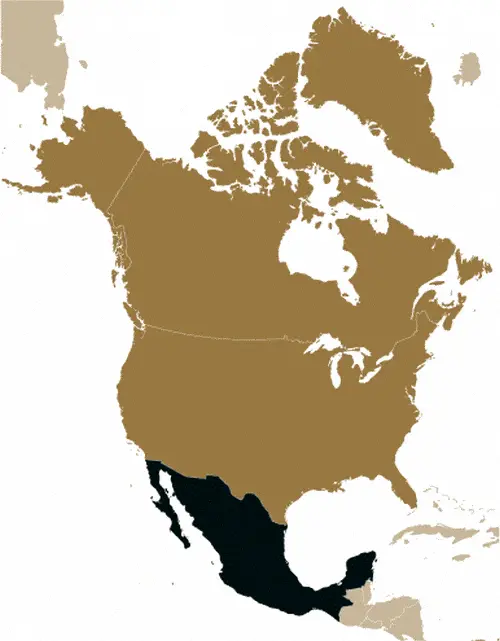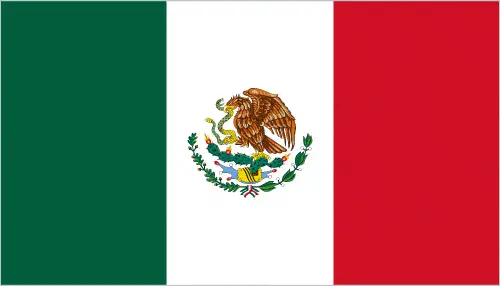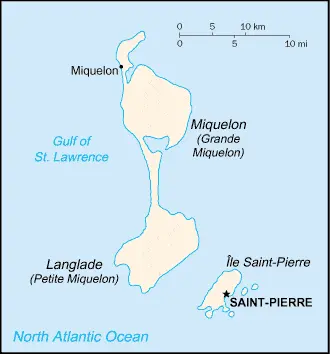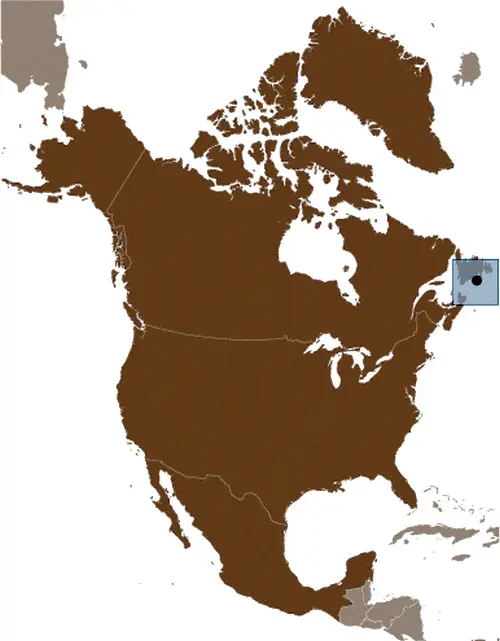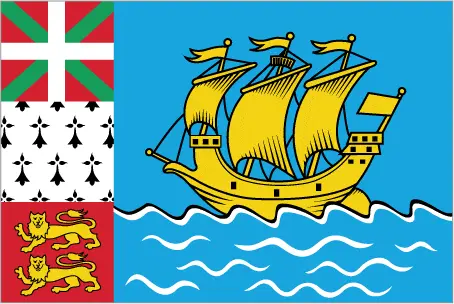North America is the world’s third-largest continent, with a total area of 9,358,340 sq miles (24,238,000 sq km), including Greenland and the Caribbean islands. North America lies entirely within the Northern Hemisphere.
Area: 9,358,340 sq miles (24,238,000 sq km).
The highest point is Mount McKinley (Denali), USA, which is 20,332 ft (6194 m).
The lowest point is Death Valley, USA, which is -282 ft (-86 m) below sea level.
The longest river is Mississippi-Missouri, USA, 3710 miles (5969 km).
The largest lake is Lake Superior, Canada/USA, which is 31,151 sq miles (83,270 sq km).
The largest island is Greenland, which is 849,400 sq miles (2,200,000 sq km).
The highest recorded temperature is Death Valley, USA, at 135°F (57 °C).
The lowest recorded temperature was Northice, Greenland -87°F (-66°C).
The wettest place is Vancouver, Canada, at 183 in (4645 mm).
The driest place is Death Valley, USA, at 2 in (50 mm).
Population: approximately 579,490,000 people.
The number of countries: 23.
Read more

